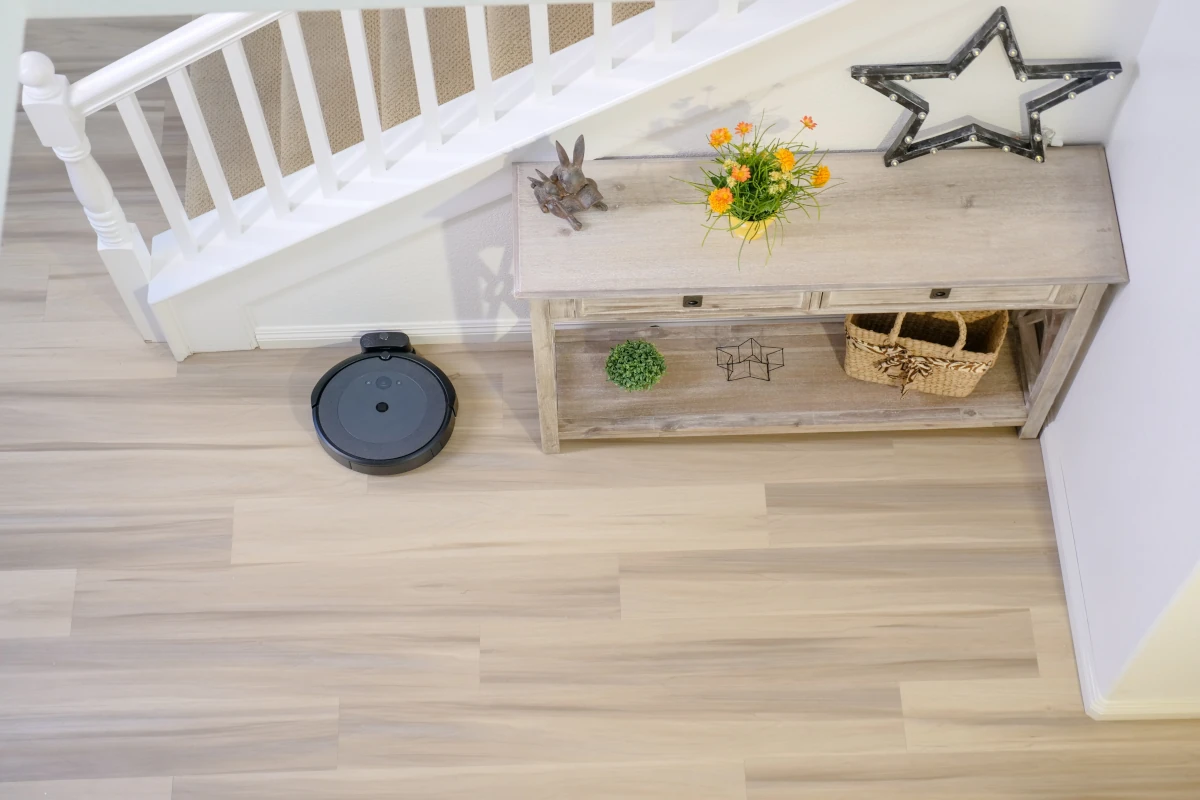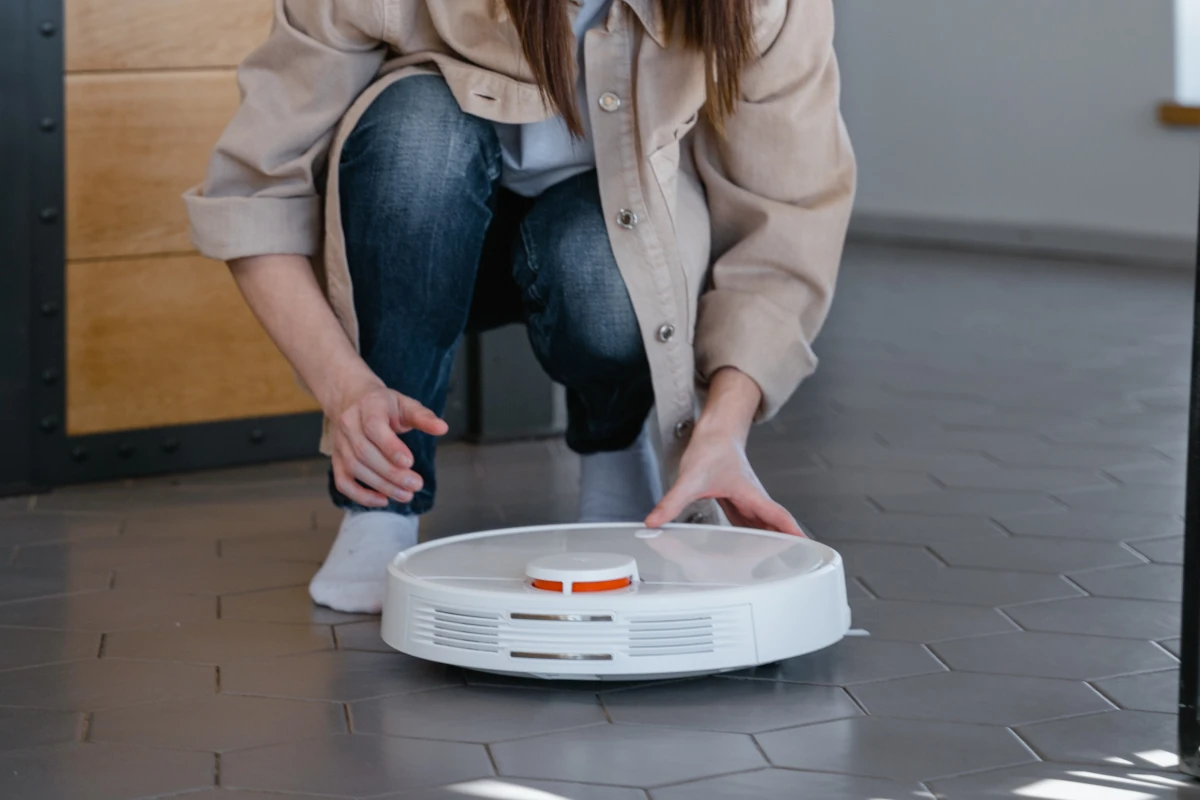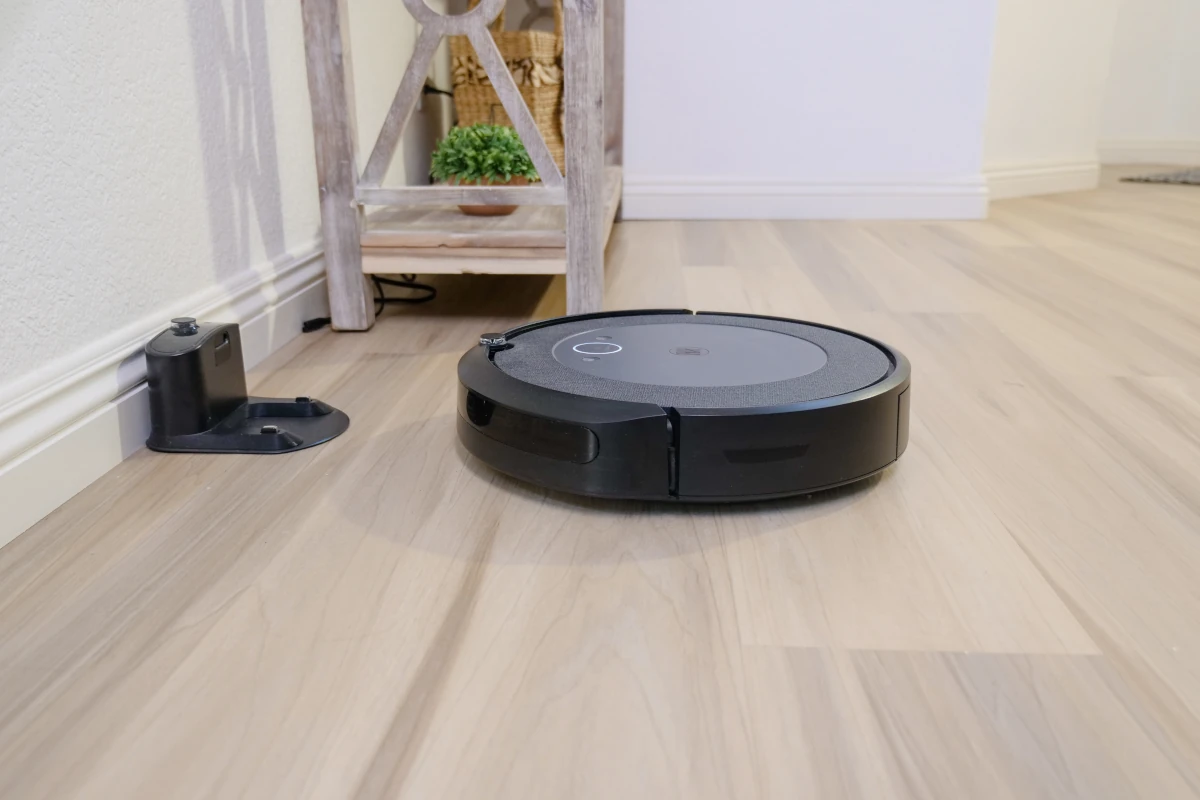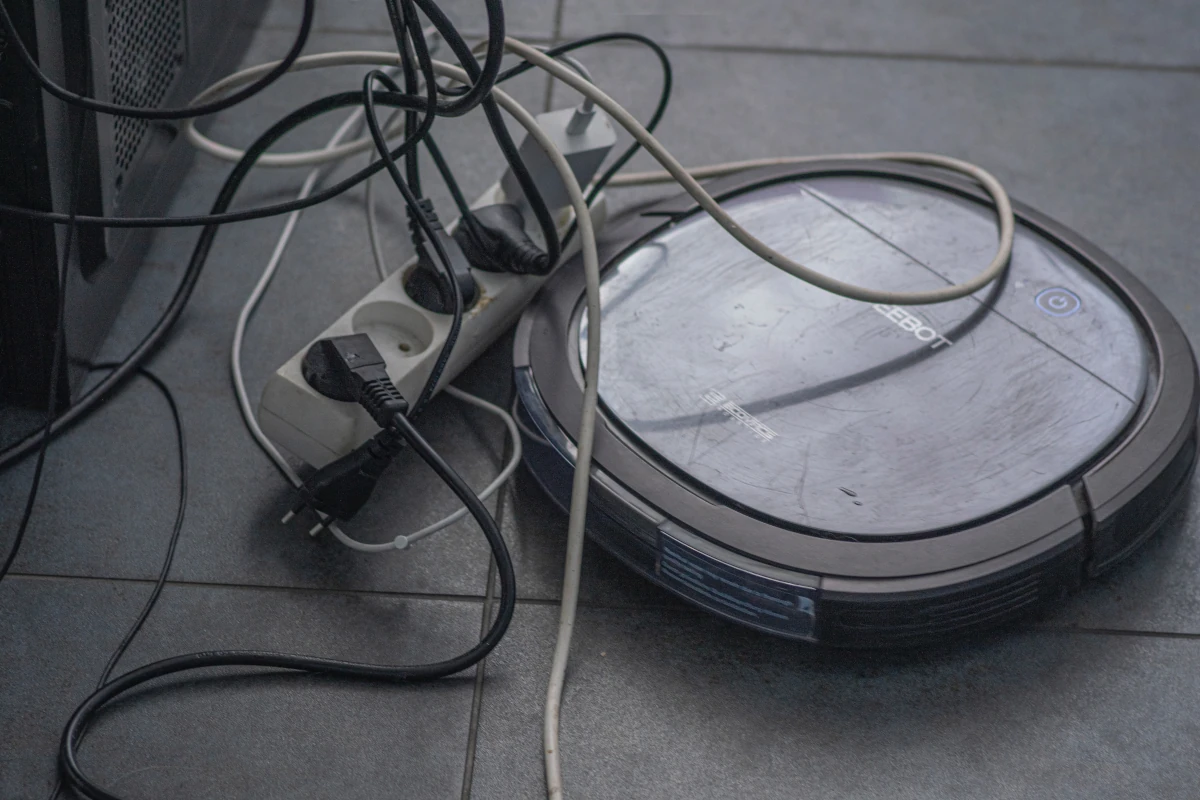Due to large surface areas, people get more than one robot to make cleaning faster. A common question among multiple Roomba users is whether a single home base will work for two Roombas.
Can two Roombas share a clean base?
Making your Roombas share one home base could lead to inefficient functioning. They both can’t charge simultaneously, neither can they dock in a single home base.
- Can two Roombas share a clean base?
- Can you run 2 Roombas at the same time?
- Can two Roombas share a clean base?
- Can you have more than one base for Roomba?
- Why multiple home bases for a Roomba?
- What happens if you move Roomba base?
- How does your robot learns its new environment after you move It?
- Roomba in a new home
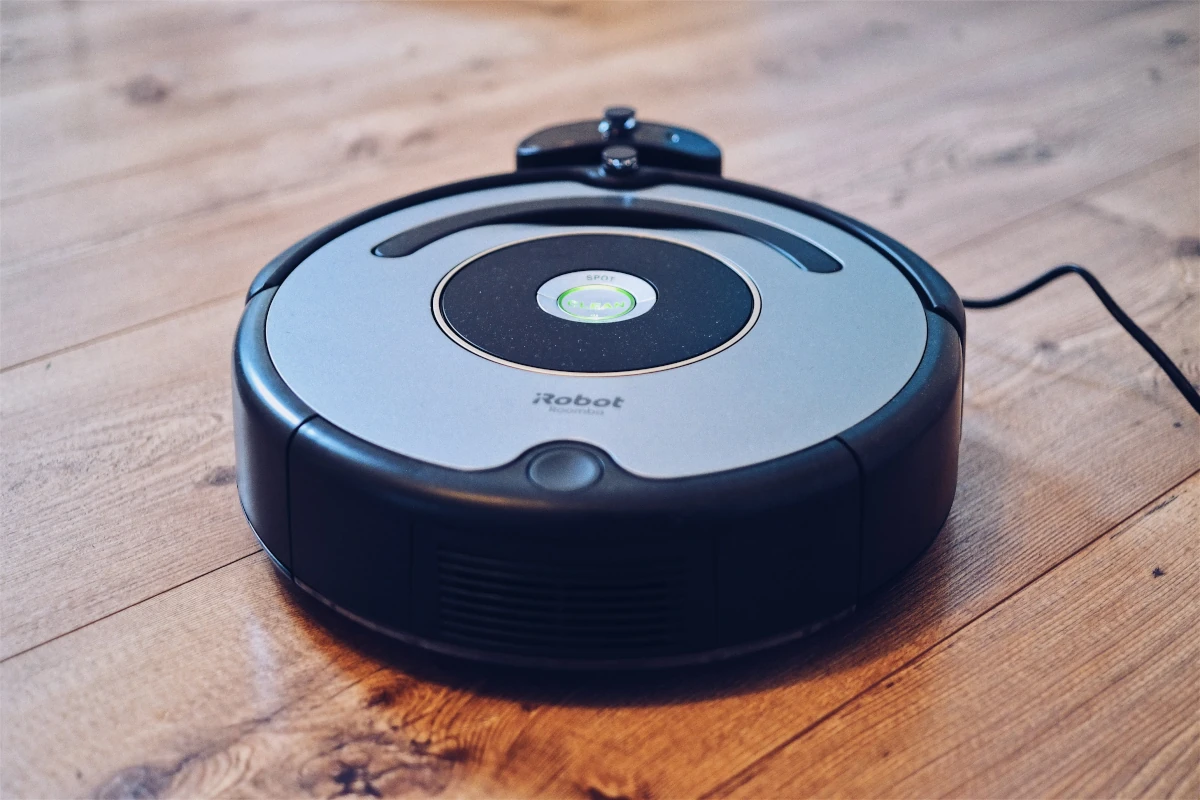
This article will answer most of your concerns regarding Roomba usage and its home base functions.
Related:
- Can I Move Roomba to Another Floor? (Solved)
- Can I Have 2 Roombas on the Same App? (Simple Explanation)
- How Do I Remove Old Roomba From App? (Solved)
Can you run 2 Roombas at the same time?
Running two Roombas simultaneously is achievable and can come in handy when you want to clean separate areas. The smart mapping mechanism will direct these devices to different parts on the same floor.
Can two Roombas share a clean base?
Two Roombas can share one home base, but this isn’t a practical idea. They both can’t dock in the same base simultaneously. It’s also not feasible to charge them simultaneously using a single home base.
Can you have more than one base for Roomba?
When your robot’s battery runs out, it can locate the closest base to recharge and continue cleaning. You can even set the timing for the iRobot to roam in different areas making your Roomba usage flexible.
Roombas are designed to be compatible with more than one home base. For instance, if you have two Roombas, it’s not uncommon to find one docked on the other Roomba’s base.
The Roomba won’t encounter any issues if it’s compatible with the multiple home base. However, you can enhance the experience by ensuring that your Roomba’s set-up is performed correctly.
Why multiple home bases for a Roomba?
Let’s look at some of the reasons people consider installing multiple home bases for a single Roomba:
Large surface area
If your room has a wide surface area, your Roomba’s battery could run down in the middle of cleaning. This will likely happen when it’s a considerable distance away from its home base.
Often, the Roomba will die halfway on trying to make its way back to the home base. Hence, some people prefer to install two separate bases for their Roomba.
Multiple floors
A common disadvantage with using Roombas is that they’re not designed for climbing stairs. Unfortunately, this is usually the challenge people with multiple floored homes or offices face.
It’s possible to move your Roomba from one floor to the next, and it’ll commence cleaning once you start it.
Have you considered the possibility of your Roomba’s battery getting low while cleaning a separate floor at its base’s location? You’ll move up and down, recharging and returning the Roomba to continue cleaning. I bet you don’t want to go through this at all.
An inconvenience like this can be resolved by placing a different home base on different floors. This makes it possible for the Roomba to locate the base on the particular floor it’s vacuuming.
What happens if you move Roomba base?
Your robot will need the Roomba base mapped into it to enable your Roomba to locate its base for docking. The home base is also important as your Roomba can’t recharge itself for subsequent use without it.
There are some things you should keep in mind when you plan to move your Roomba’s base:
- You must adhere to the general space rules when setting up the base. Failure to do this could make it difficult for your Roomba to dock with ease.
- Make sure not to place the home base close to the stairways or a sharp edge.
- Don’t move the Roomba base in the middle of a cleaning process. This action may throw your Roomba off balance, making it unable to locate the base for docking.
- Position your Roomba home base against the wall, and ensure that there’s sufficient space around it.
How does your robot learns its new environment after you move It?
Firstly, you should note that Roomba is an intelligent and well-enhanced system. For example, some things occur when a Roomba’s home base is moved, enabling it to learn the new location and dock without issues. Your robot can automatically memorize the updated location without one single process.
The Roomba will make its way effortlessly after the next cleanup. The Homebase icon may not indicate the new location. However, this won’t affect your Roomba’s ability to locate and dock in its new base.
After a few cleanups, the map instinctively updates itself, making the home base icon reflect on the new location. So whether you move the home base or take your Roomba to a different site, you won’t have to reset it.
Roomba in a new home
If you relocate to another house, your Roomba is smart enough to create a map for itself as it cleans up. So it’s not likely to experience any challenges doing that.
That said, there are rare occasions when your robot may find it hard to clean your new home. In most cases, it occurs when the app isn’t correctly connected to the Wi-Fi network in your new location. If this is the case, your Roomba may require a reset.
There are two ways to perform this reset: Either from your phone’s app or directly from your Roomba. The most effective of the two options is to perform the reset from your iRobot app.
Nonetheless, a direct reset from your Roomba could pose a few challenges because the entire functions can’t be reset the same way.
Follow these simple steps to reset your Roomba from the iRobot app.
- STEP 1: Ensure that the Roomba and your smartphone are properly linked to the same Wi-Fi network. This is essential since nothing can be done without first establishing a connection.
- STEP 2: Open the iRobot app, find the settings, and click on it.
- STEP 3: Tap the remove option. It should display “factory reset (the name of your Roomba”.) For example, factory reset Robert. Click on it, and your Roomba will reset. This should fix any hidden connectivity issues and restore your Roomba to a proper functioning state.
This should help you configure your Roomba to function in your new location.

